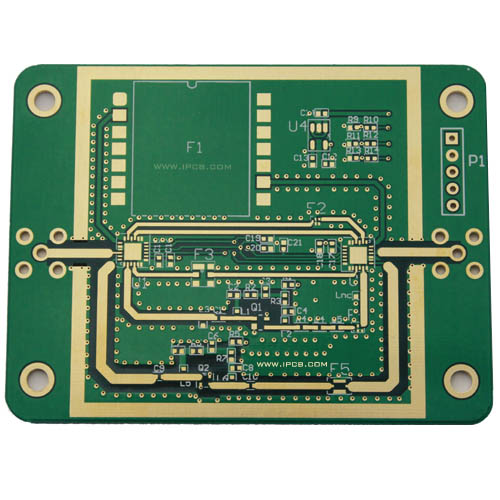PCB manufacturing and PCB design have changed dramatically over the past few years. The first circuit board design is very simple, but new technologies have brought new performance requirements to the printed circuit world, and design and manufacturing practices have become more complex. One is the controlled impedance in PCB manufacturing, which is designed from the amount of power in the circuit path to the signal speed.
What PCB impedance means?
The degree of opposition to energy flow in a circuit or transmission line is expressed in ohms, called impedance. It is the result of summing the resistance and the reactance of the circuit, which are the result of two effects.
Inductance: Voltage induction in a conductor due to the magnetic field of the current.
Capacitance: Electrostatic charge stored due to voltage between conductors.
At low frequencies (DC), reactance becomes negligible and impedance is only formed by resistance, but for high frequency circuits, reactance and impedance become very important factors.
What is a controlled PCB impedance?
Impedance mismatch in the system can cause failures and degrade system performance. Ensuring that impedance mismatches are within a tolerable range is a design feature commonly referred to as controlled impedance.
A common example of this feature is the design of a coaxial cable: formed from an inner conductor that uses an insulator to separate the shield (outer cylindrical conductor). The electrical characteristics of the insulator and the proportion of all components are carefully controlled to adjust the impedance level of the cable.

How does LDI work?
Accordingly, in PCB manufacturing, traces represent conductors, laminates represent insulators, and planes represent shields. Therefore, the impedance of the printed circuit board depends on the size and material used in the manufacturing process.
Why is controlling PCB impedance so important?
In printed circuit boards, the purpose of tracking is to transfer the maximum signal power from the source to the load, but this distribution can only be achieved if the impedance value of the source matches the impedance value of the load, otherwise the energy of the signal will be reflected to the light source, reducing its quality. With today's fast rising time signals, circuit board design with controllable impedance has become very popular.
What does the PCB impedance do?
Impedance control in printed circuit board manufacturing and design is achieved in two ways: clearly defined PCB stacking and careful trace design. It is well known that impedance is directly proportional to the height of the laminate and inversely proportional to the width and thickness of the line. Therefore, changing the size and spacing of a particular trace adjusts its impedance value.
Impedance also depends on the dielectric constant of the stack: a number used to quantify the inherent ability of a material to store electrical energy in an electric field.